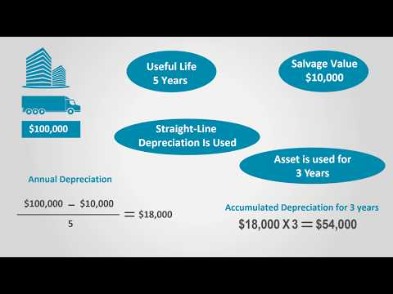
It reflects the money owed to a company from the sale of its goods or services that remains to be paid by the buyer. Even though it is not yet in hand, it is considered an asset because the company expects to receive it in due course. The shorter the period of time a company has accounts receivable balances, the better, as how to prepare and analyze a balance sheet it means the company can use that money for other business purposes. Accounts receivable management refers to the process of managing and tracking the payment due from customers for the goods and services purchased on credit.

By effectively integrating technology into accounts receivable management, businesses can expedite cash flow, reduce human errors, and improve overall efficiency. Accounts receivable (AR) refers to the money owed to a business by its customers for goods or services that have been provided but not yet paid for. It is an essential aspect of a company’s financial management, as it directly impacts cash flow and overall financial health.
Streamline cash flow management
- In a survey, 90% of the respondents agreed that collecting Sales Receivables is bigger challenge than Sales itself.
- Regularly follow up on past due invoices and overdue payments, which involves tracking payment due dates and contacting clients to remind them of outstanding invoices.
- By implementing the right strategies, businesses can improve their accounts receivable management process and minimize issues, such as bad debts, late payments, and outstanding invoices.
- In summary, monitoring KPIs such as Accounts Receivable Turnover and Days Sales Outstanding (DSO) plays a vital role in evaluating the efficiency of a company’s accounts receivable processes.
In this example, a client settles a $1,000 invoice, resulting in a decrease in accounts receivable and a corresponding increase in cash. This content is for information purposes only and should not be considered legal, accounting, or tax advice, or a substitute for obtaining such advice specific to your business. No assurance is given that the information is comprehensive in its coverage or that it is suitable in dealing with a customer’s particular situation.
Benefits of Accounts Receivable Management
AR is considered a current asset on a company’s balance sheet and is used to evaluate its liquidity and ability to cover short-term obligations. Another receivables ratio is the number of days’ sales in receivables ratio, also called the receivables collection period—the expected days it will take to convert accounts receivable into cash. A comparison of a company’s receivables collection period to the credit terms granted to customers can alert management to collection problems. Both the accounts receivable turnover ratio and receivables collection period are covered, including the formulas for calculating the ratios, in the previous section of this chapter.
Accounts receivable (AR) is a current asset on the balance sheet of a company. It represents the outstanding invoices or the money owed to a business by its clients for goods or services provided on credit. When analyzing the financial health of a company, it is essential to pay close attention to the accounts receivable line item. Accounts receivable (AR) is the balance of money owed to a company by its customers for goods or services the ugly truth about lying on your taxes purchased on credit. These receivables are considered an asset on the company’s balance sheet, as they represent the future cash inflow expected from customers.
However, the benefits go beyond materializing sales and improving cash flows. Additionally, AR management will help you reconcile received payments with corresponding invoices, address any discrepancies, and resolve any deduction requests raised by customers. This comprehensive approach ensures a smooth and efficient handling of collections throughout the customer lifecycle. Once credit payroll for restaurants terms are established, they can be changed based on both marketing strategies and financial management goals.
Accounts Receivable: Mastering Effective Management Strategies
Fortunately, companies can address these and other challenges by practicing effective AR management. This not only improves the performance of the AR department in isolation but can also benefit the business as a whole. The faster companies can collect payment from customers, the sooner they can use the resulting cash to cover operating costs, build resilience, generate returns from investment, or drive revenue growth. It’s an asset because it has value, and it’s a current asset because it’s expected to be collected within the next 12 months. Average accounts receivable is the beginning balance + ending balance divided by two. A note receivable can be used in exchange for products and services or in exchange for cash (usually in the case of a financial lender).
By implementing a centralized digital accounts receivable management system, businesses can gain more visibility over unpaid invoices and track customer performance more effectively over time. It’s important to ensure that any centralized system is accessible to all stakeholders, with appropriate controls. Implementing efficient invoice management systems can lead to improved cash flow and a higher accounts receivable turnover ratio, indicating that customers are paying promptly. Poor management of accounts receivables refers to the various operation and financial issues of business that impact the receivables management efficiency . Some of the common drivers are late invoices, higher DSO, data discrepancies, inadequate credit checks, time consuming manual processes, etc.
